Moonmilk Cave
The racer cave have some interesting features, including the throat formation, and some large stalactites and stalagmites, but the most interesting is the large non-poisonous racer snakes that were waiting higher up, ready to pounce upon passing bats or swiftlets.

Moonmilk cave. Cave pearls composed of aragonite moonmilk have been found in Able Goat Cave (Hill et al., 1972a), and white and dark gray cave pearls have been discovered in Lechuguilla Cave (Hill, 1986). Moonmilk is a comparatively rare speleothem in cave environments, where it forms as a thick calcite paste (similar in consistency to toothpaste) up to 10s-of-centimeters in thickness in. Moonmilk is a common surface deposit formed by dripwater on the walls or ceiling of a cave.
Calcite moonmilk, which is a cave deposit formed of calcite crystals and mater, is found in many caves in the Italian Alps. In Wind Cave, it seems to concentrate in passages with above average airflow where, it is thought, evaporation plays a role in its formation. For the first time interdisciplinary studies including physicochemical, microbiological, molecular genetic methods, and scanning electron microscopy of moonmilk from the Proshalnaya Cave were conducted.
These crystals are a semi-liquid, cheese-like substance and Glenwood Caverns has Moonmilk on the floors, walls, and ceilings of the big rooms. As a generic term, it gives no hint as to origin or composition. It occured near the entrances or near the ground surface.
The microbial diversity of moonmilk, a hydrated calcium carbonate speleothem, was evaluated from two Italian caves to provide context for the food web of highly-specialized troglobitic beetles, Cansiliella spp. Find out more Opens in new tab or window Dismiss close travel advisory. Both biotic and abiotic mechanisms have been proposed for the development of moonmilk, and multiple.
One such example from a cave in Tyrol is documented in detail, where moonmilk was mined until the beginning of the. Moonmilk is a karstic speleothem mainly composed of fine calcium carbonate crystals (CaCO3) with different textures ranging from pasty to hard, in which the contribution of biotic rock-building processes is presumed to involve indigenous microorganisms. Moonmilk has a white to gray color and, in contrast to rigid cave deposits such as stalactites and stalagmites, exhibits a soft, muddy texture of microcrystalline aggregates.
Moonmilk, which is often seen coating walls in temperate caves, is a porous secondary calcite deposit composed of an aggregate of microcrystalline calcite and water. The title, “Moonmilk”, alludes to the crystalline deposits found on the walls of many caves;. You can easily spend a leisurely day seeing the sights and exploring what the area has to offer.
These modern and ancient deposits are formed of fiber calcite crystals. Moonmilk is a very common cave deposit that probably precipitates from dripwater entering the cave, but forming very fine crytals rather than the larger ones typical of calcite deposits like flowstone. It was once believed that this substance was formed by light from celestial bodies passing through rock into darkened worlds below.
Find out more about trendy moon milk recipes. Moonmilk is a well-known speleothem composed of various carbonate minerals. It is another precipitate from limestone, made up of calcite, aragonite and hydromagnesite – but its origin remains a mystery to speleologists.
Find your nearest shop for a Summer Moon Latte with signature sweet cream Moon Milk or buy wood-fired coffee beans online. Mulu is home to Moonmilk Cave. Tufa caves may completely bridge a river, forming a natural tunnel.
In particular, water. Moonmilk is found in many caves all over the world. Moonmilk are cave carbonate deposits that host a rich microbiome, including antibiotic-producing Actinobacteria, making these speleothems appealing for bioprospecting.
The moonmilk appears as white globs on the tips of aragonite spicules or as a pasty coating covering cave walls or other speleothems, but it can also form as flowstones, draperies, stalactites, stalagmites, coralloids and even as cave pearls and trays. Film from moonmilk in a large karst cave on the Far East of Russia. Moonmilk is a creamy substance found in limestone caves.
Detailed views of different types of the analyzed carbonate precipitates, including moonmilk and consolidated speleothems are shown in Fig. Moonmilk and other carbonate deposits from Altamira Cave collected at different points in the cave were analyzed by X-ray diffraction and showed values above 90% calcite. Unlike typical mineral deposits, moonmilk is present as a soft and pasty precipitate on cave surfaces and within pools (Richter et al., 08;.
It is a precipitate from limestone comprising aggregates of fine crystals of varying composition usually made of carbonates such as calcite , aragonite , hydromagnesite , and/or monohydrocalcite. Average temperature was 9,22 °C. In his Descriptio Montis Fracti sive Montis Pilati from 1555, he chronicles his climb to the summit of Mount Pilatus, but we also get to follow him into the caves of the Alps.
Moonmilk is the term given to the white pasty material often seen coating walls and stalactites in caves. Summer Moon Coffee is organic, oak-roasted coffee served in our award-winning coffee shops in Austin, San Antonio, Dallas, Houston, and across Texas. This study, based on moonmilk deposits found in Caverne de l'Ours, Ottawa Valley region, proposes a model for its formation based on the calcite and water isotope chemistry and.
If you're looking for a convenient place to stay, you might search for properties close to public transportation so it's easy to get around. Moonmilk, a living mineral formation, covers a wall in Windgate Cave on Prince of Wales Island, Alaska. Numerous caves were named after the moonmilk, which is found inside, like the Mondmilchloch at the Pilatus mountain, Switzerland, or the Mondmilchhöhle near Lenningen-Gutenberg, Germany.
The temperature of the cave atmosphere varied in the range of 3.9-12.5 °C. One of the largest such c. As the water is aerated, carbon dioxide is released, causing the calcium carbonate to be deposited.
No one knows exactly how it’s produced. The second part – Pink Hall and Král’s Gallery is morphologically the most varied part of this cave with unique <b>cave water</b> lilies and sponge shapes in lakes, cave pearls and many shapes of flowstone. Tufa cave, umbrella-like canopy formed as a calcium-carbonate-saturated stream plunges over a cliff.
The origin of frostwork is controversial. Moonmilk occurs in relatively wide range of atmospheric cave conditions. The use of moonmilk for medical and other purposes in the Alps is documented since the 16th century.
Moonmilk is a well-known speleothem composed of various carbonate minerals. Moonmilk are cave carbonate deposits that host a rich microbiome, including antibiotic-producing Actinobacteria, making these speleothems appealing for bioprospecting. ‘Moonmilk’, often seen decorating the ceilings of Yorkshire caves, is, by contrast, a soft, creamy-white substance.
The origin of frostwork is controversial. This white formation is pasty when wet and crumbly and powdery when dry. These aggregates are mainly composed of calcite, and to a lesser extent of aragonite, monohydrocalcite, hydromagnesite, sulfates, and nitrates 10.
These biofilms/deposits have different cave distribution, pH, macro- and microelement and mineralogical composition, carbon and nitrogen content. Caves are extreme and specialised habitats for terrestrial life that sometimes contain moonmilk, a fine-grained paste-like secondary mineral deposit that is found in subterranean systems worldwide. (Leptodirinae), with distinctive carbon and nitrogen isotope values indicative of a novel food source.
At night, the moon shines into the cave so brightly the light itself seems to take form, like a mist. The Great Dome – the largest underground space in Slovak show caves with underground riverbed and moonmilk wall. A few years ago a discovery in a Basque cave became world famous, a 300m long river consisting of moonmilk.
To characterize moonmilk from the Baeg-nyong cave, we performed mineralogical analyses and applied high-throughput 16S rRNA gene sequencing to analyze the microbial communities, including bacteria and fungi, of dry and wet moonmilk samples. It gathers in the ceiling and makes the limestone stalactites glitter and gleam, dripping tears of white liquid into puddles on the rock floor that never dries. In places the frostwork may grow on top of cave popcorn or boxwork.
It is a precipitate from limestone comprising aggregates of fine crystals of varying composition usually made of carbonates such as calcite, aragonite, hydromagnesite, and/or monohydrocalcite. The relative humidity of the cave atmosphere varied from 69.5 to 91.2 %. It gathers in the ceiling and makes the limestone stalactites glitter and gleam, dripping tears of white liquid into puddles on the rock floor that never dries.
Moonmilk Cave is located in an area of Mulu that travelers like for its parks. Anotace česky Nickamínek z pěti jeskyní Moravského krasu byl zkoumán z hlediska přítomnosti kultivovatelných mikroorganizmů (bakterií i mikromycet) a minerálního složení. Moonmilk (sometimes called mondmilch, also known as montmilch or as cave milk) is a white, creamy substance found inside limestone, dolomite, and possibly other types of caves.
Crisco moonmilk is composed of filamentous, calcitic carbonate that is associated with microbes and has a greasy texture. 'At night, the moon shines into the cave so brightly the light itself seems to take form, like a mist. Cacchio et al., 14).
Fetida Cave is an active sulfuric acid cave influenced by seawater, showing abundant microbial communities that organize themselves under three main different morphologies:. The oligotrophic nature of cave environments (Mulec, 08). Cave rafts are thin, planar deposits of crystalline calcite or aragonite that float on the surfaces of cave pools (Pl.
Cave temperature is only slightly cooler in winter than in summer, but in contrast to above-ground winter conditions, a winter visitor finds the cave relatively warm. Mulu Travel Guide Flights to Mulu Things to do in Mulu Moonmilk Cave Car Rentals Moonmilk Cave Vacations. In Australian caves, I have found moonmilk in some interesting forms as well as the usual coatings as follows:.
In ancient times, they thought it was created by the moon’s rays, but that’s clearly not the case. The moonmilk and associated percolating waters had low to no extractable. If you want to find things to see and do in the area, you might like to visit Gunung Mulu National Park.
Moonmilk is a combination of carbonate materials, including calcite and gypsum, which form very fine crystals. Moonmilk, a bacteria-instigated precipitate of calcium carbonate, is one of the cave’s remarkable features. Moon milk is the newest wellness trend that will help you fall asleep.
Among the results of these processes, moonmilk is an ubiquitous cave deposit composed of various mineral components, such as needle-fiber calcite (NFC) and nanofibers. While previous studies have investigated the possible role of microorganisms in moonmilk precipitation, the microbial community ecology of moonmilk. Moonmilk (sometimes called mondmilch, also known as montmilch or as cave milk) is a white, creamy substance found inside caves.
Moonmilk usually is white but rarely appears black or display other colour. Cave balloons are so rare, little is known about them. The Baeg-nyong cave is a limestone cave which has been nominated as the first critical zone observatory (CZO) in South Korea.
Moonmilk Cave Moonmilk Cave;. 'At night, the moon shines into the cave so brightly the light itself seems to take form, like a mist. No one knows exactly how it’s produced.
The moonmilk in the selected caves formed white, 0.5-10 cm thick slightly plastic coatings on the walls. Moonmilk ostensibly created from Macromonas bipunctata in the cave Bergmilchkammer Moonmilk (sometimes called mondmilch , also known as montmilch or as cave milk ) is a white, creamy substance found inside limestone, dolomite, and possibly other types of caves. Water filaments, vermiculations and moonmilk deposits.
This article reviews speleological reports and sparse historical accounts about the extraction of moonmilk from 18 caves in the Eastern Alps of Austria in an artisan mining style. Moonmilk from Spider Cave (known as “Crisco”) of Carlsbad Caverns National Park, NM was analyzed to determine the geochemistry, fabric, and depositional setting.

Nixlucke Teton Gravity Research
Small Things Considered A Fascination With Caves

Life In The Cave Bacteria
Moonmilk Cave のギャラリー

Moonmilk Cave Mulu Nationalpark Borneo Malaysia Flickr

Figure 4 From What S Up Down There Microbial Diversity In Caves Microorganisms In Caves Survive Under Nutrient Poor Conditions And Are Metabolically Versatile And Unexpectedly Diverse Semantic Scholar
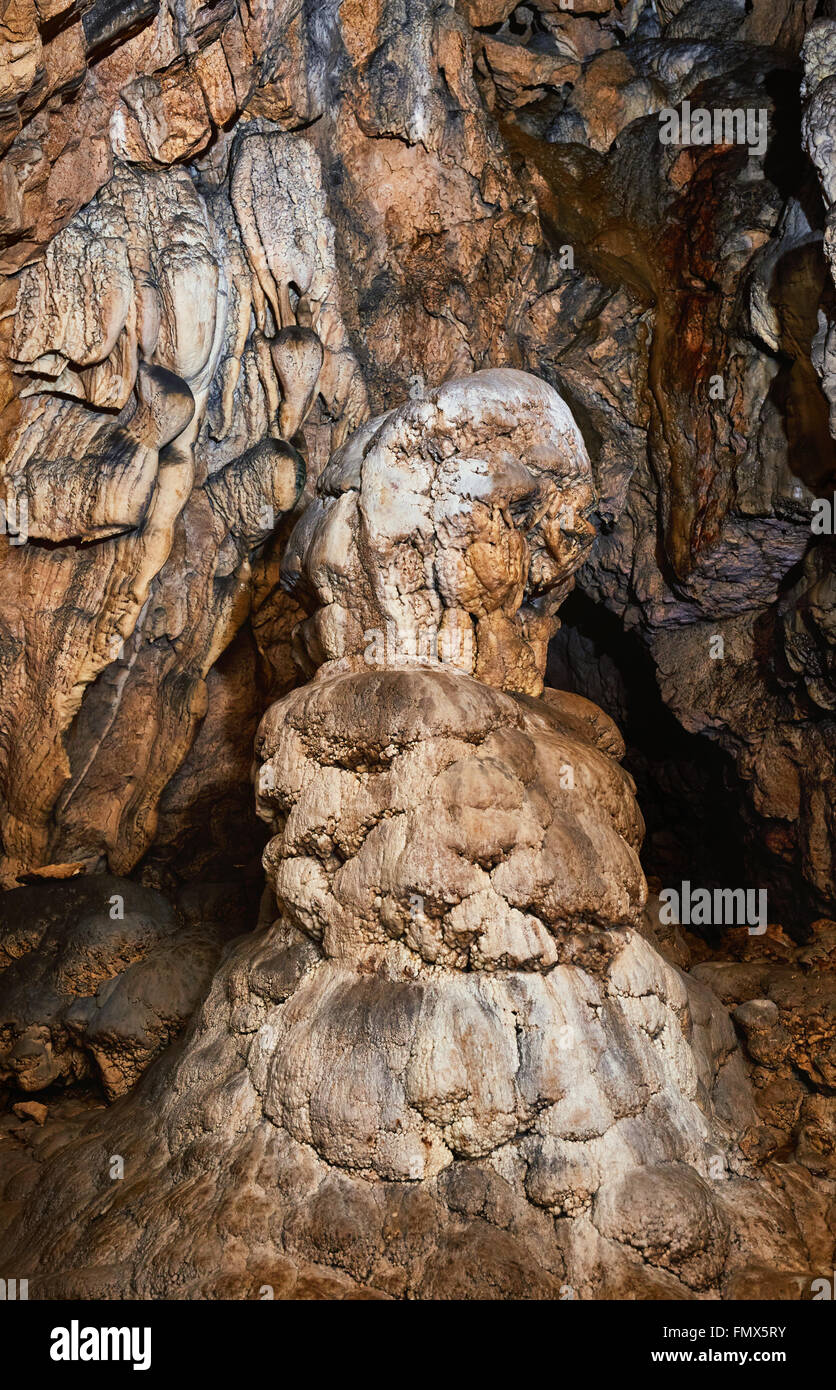
Page 2 Moonmilk High Resolution Stock Photography And Images Alamy

The Only Moonmilk River In The World

12 Moonmilk In Altamira Cave Spain Most Likely Of Biological Origin Download Scientific Diagram

Moonmilk Stock Photos And Images Agefotostock

Figure 1 From Role Of The Microbial Community In Formation Of Speleothem Moonmilk In The Snezhnaya Carst Cave Abkhazia Semantic Scholar

12 Moonmilk In Altamira Cave Spain Most Likely Of Biological Origin Download Scientific Diagram
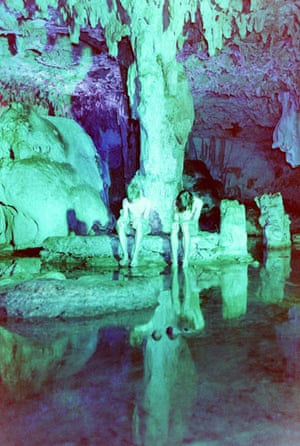
Moonmilk Going Underground With Ryan Mcginley Art And Design The Guardian
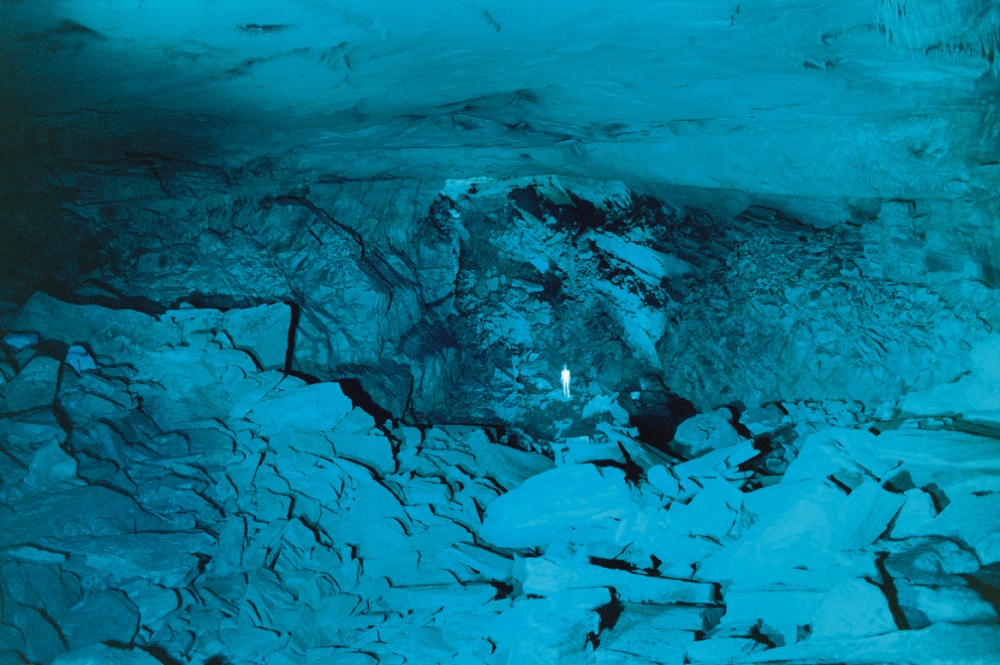
We Find Wildness

Caverns Of Sonora Moon Milk Falls Located 8 Miles 13 Km Flickr

The Only Moonmilk River In The World

Sem Image Mg Rich Moonmilk Lyrebird S Nest Chamber Ribbon Cave Download Scientific Diagram

Moonmilk Cave Jpg Greebo Aus Draroks Stamm Flickr
2

Pdf Microbial Community Diversity Of Moonmilk Deposits At Ballynamintra Cave Co Waterford Ireland

Oregon Cave National Monument Historic 17 Signature Carved In Moonmilk Near The 110 Entrance Mapio Net

The Virtual Cave Moonmilk

Moonmilk No Algar Da Figueira Macico Calcario Estremenho Youtube
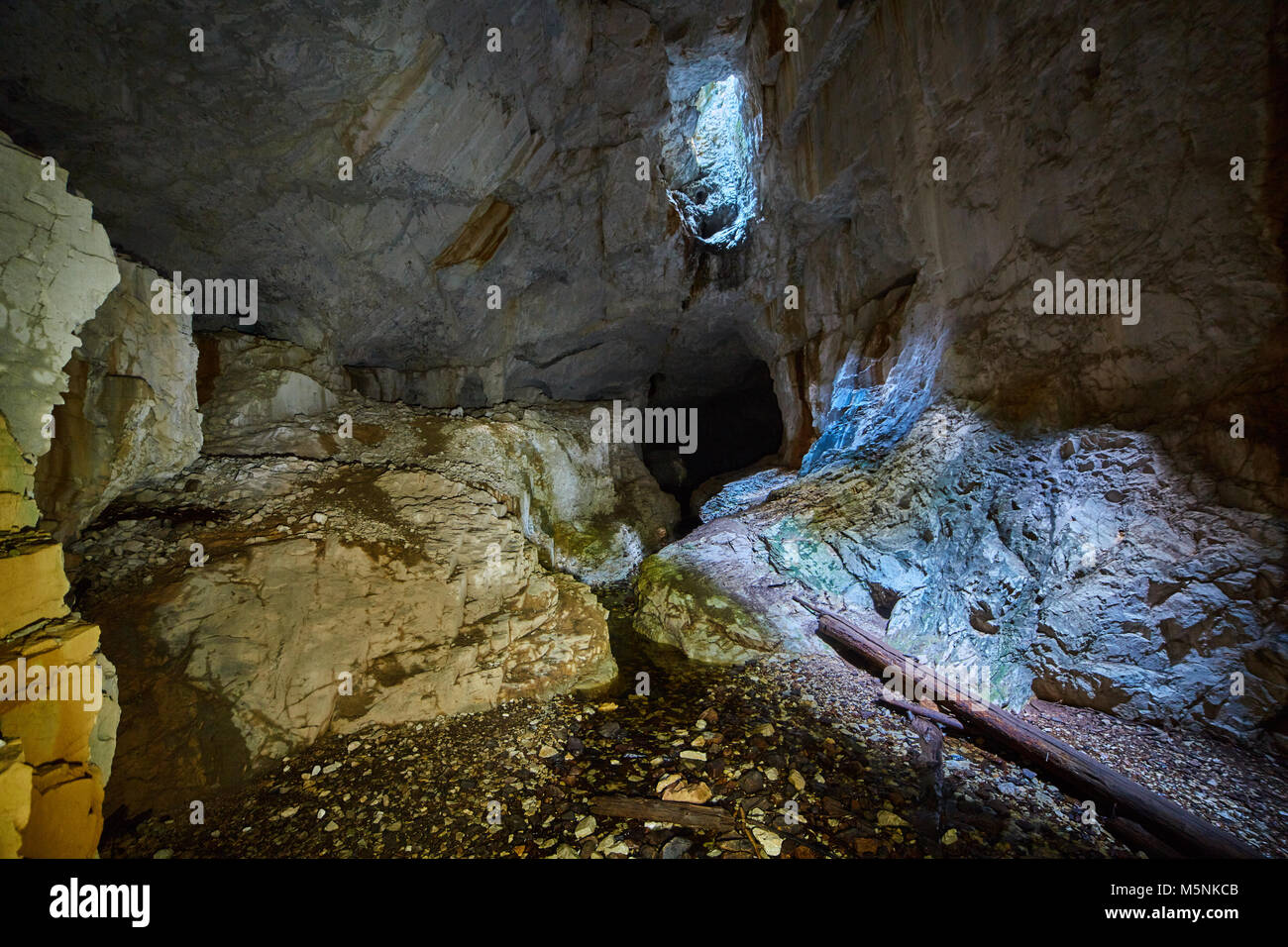
Page 2 Moonmilk High Resolution Stock Photography And Images Alamy

5 Extensive Deposits Of Moonmilk Are Found In Spider Cave Nm The Download Scientific Diagram
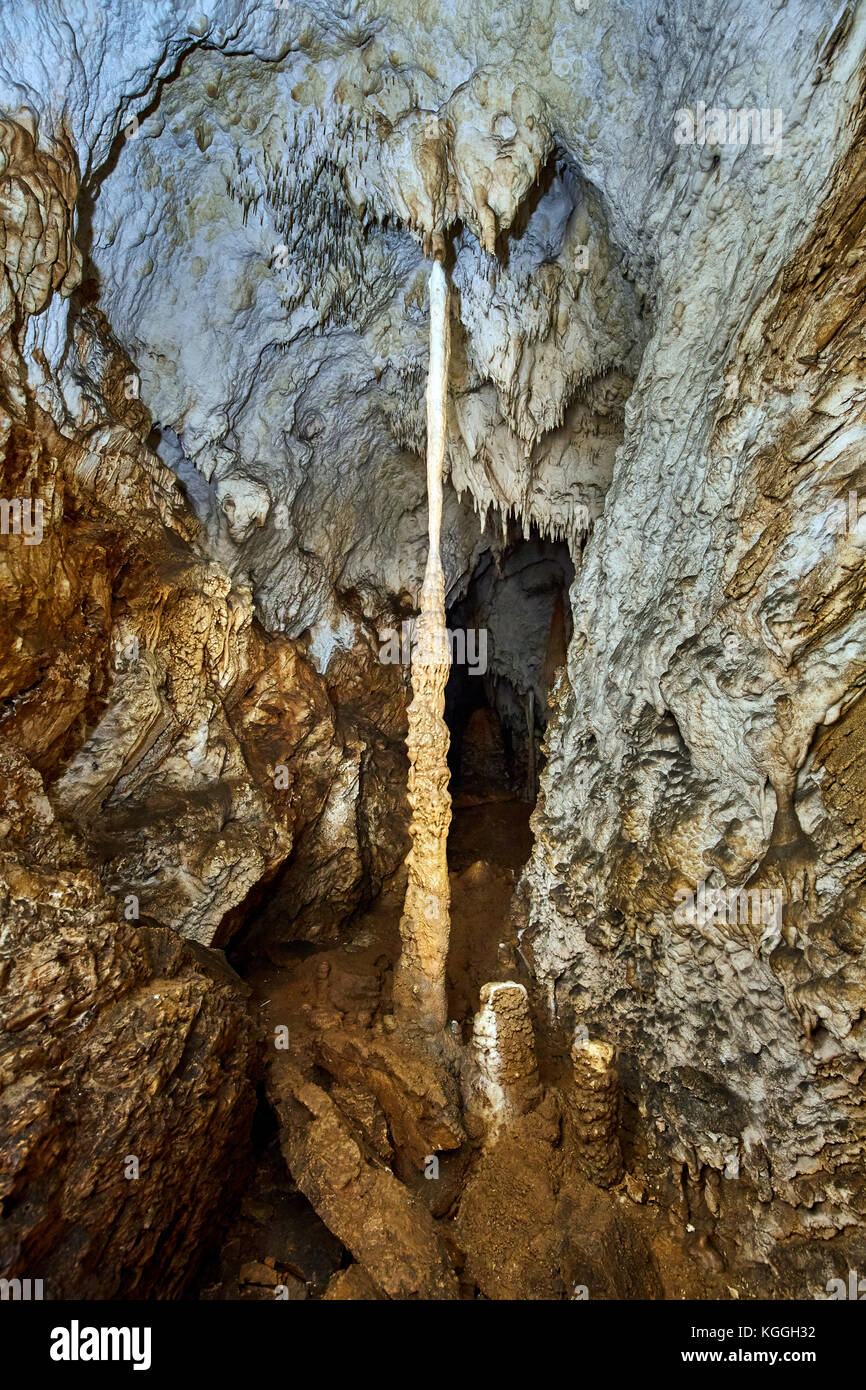
Page 2 Moonmilk High Resolution Stock Photography And Images Alamy

Snow Cave Zgornja Savinjska Dolina
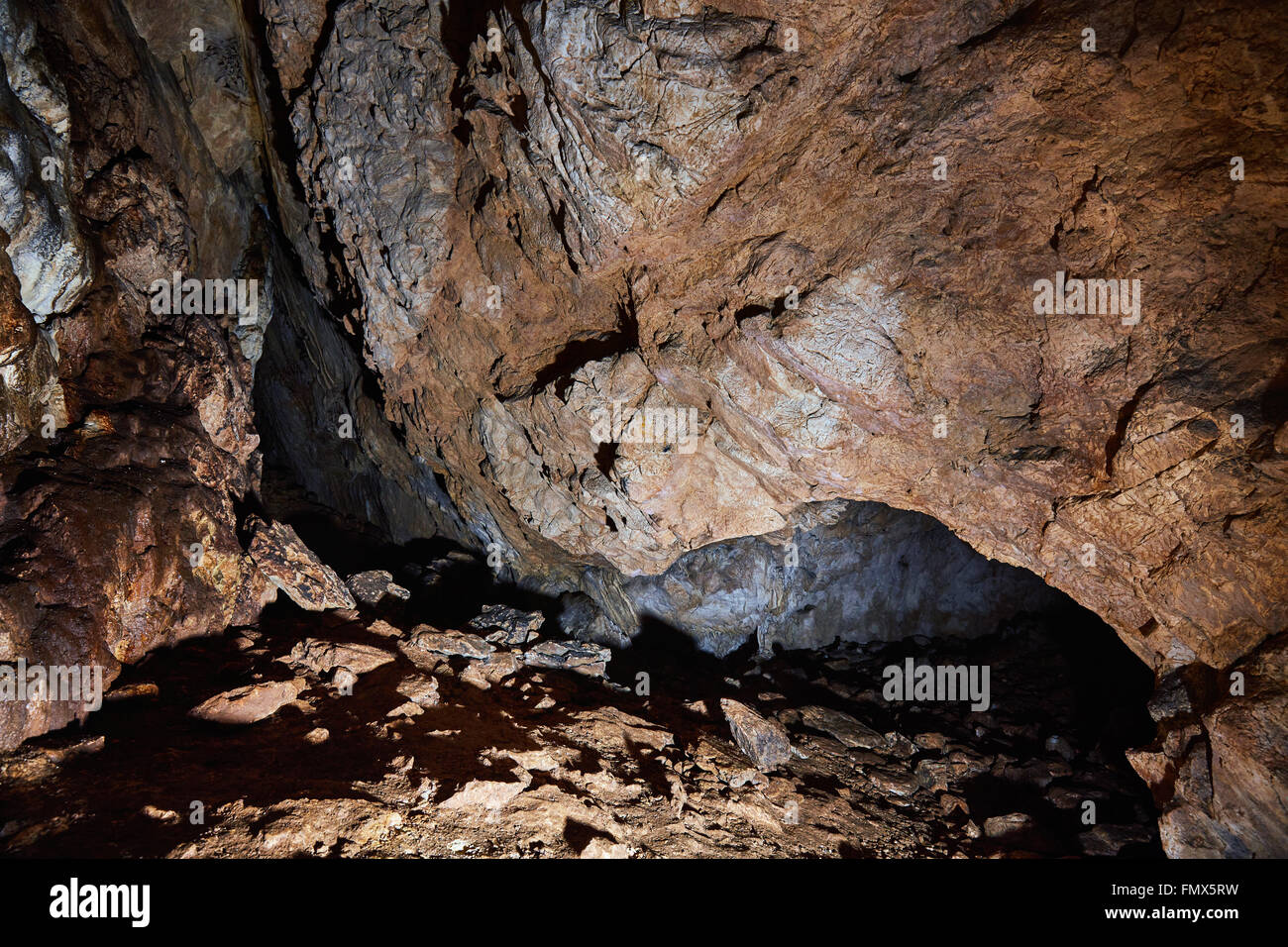
Page 2 Moonmilk High Resolution Stock Photography And Images Alamy
A Cansiliella Servadeii Habitat On Cave Hygropetric Moonmilk And Host Download Scientific Diagram
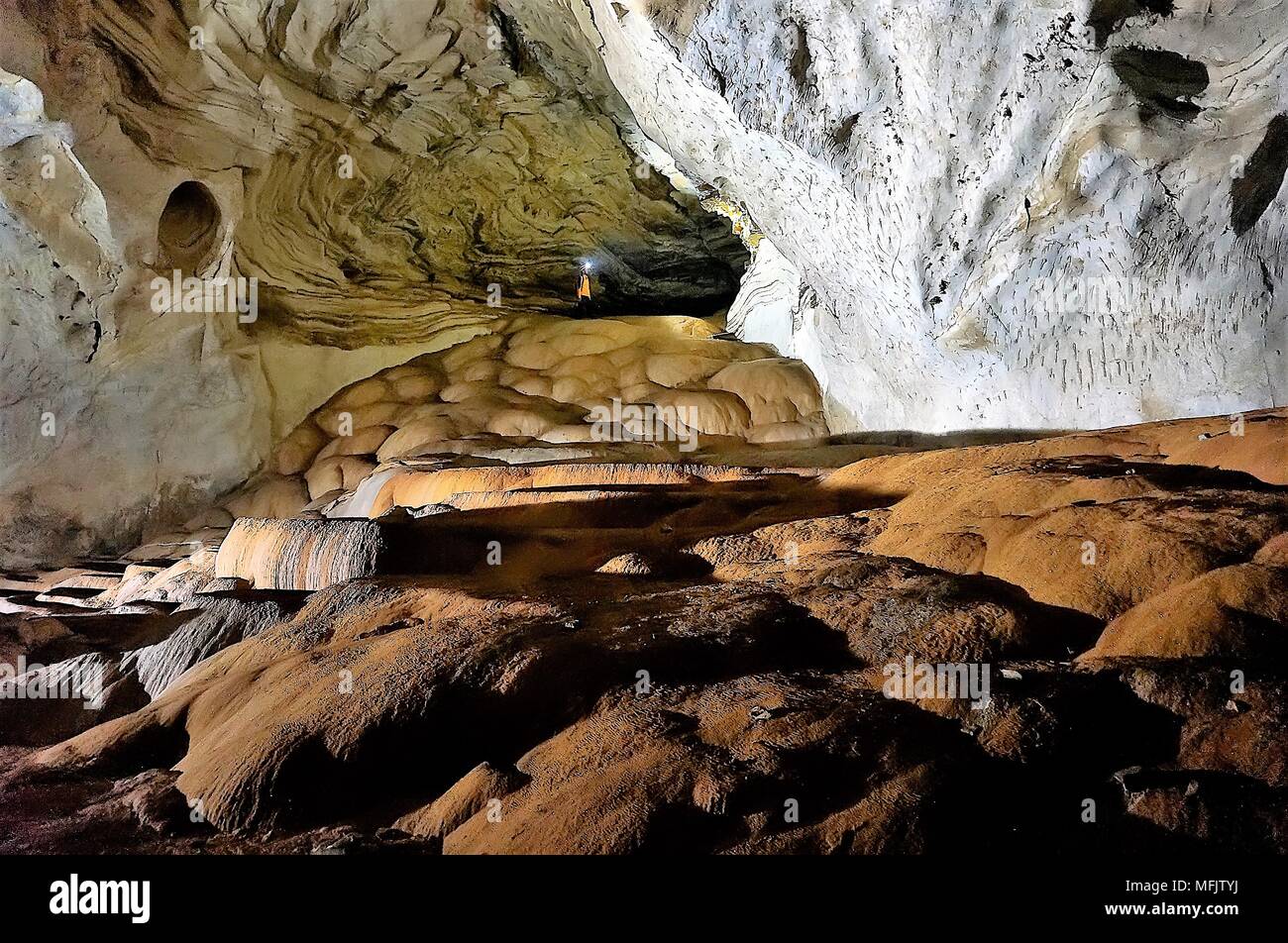
Moonmilk High Resolution Stock Photography And Images Alamy
Small Things Considered A Fascination With Caves

Moonmilk Caves Gunung Mulu Mrthomson Flickr
Blog Of The Morning Calm Woohoo Mulu Day 2 Moon Milk Wind Clearwater Caves

Scanning Electron Micrographs Of I Ii Lake Cave Moonmilk Iii Iv Download Scientific Diagram

12 Moonmilk In Altamira Cave Spain Most Likely Of Biological Origin Download Scientific Diagram

The Only Moonmilk River In The World

Moonmilk Cave Photo

Moonmilk And Cave Dwelling Microbes Vol 26 1995

Skiing The Planet August 18
A Three Peaks Up And Under

Speleothem Types Observed In The Perama Cave A Speleogens B Download Scientific Diagram

Moonmilk Wikipedia
1

Moon Milk Cave Formation Youtube
Pdfs Semanticscholar Org A368 C2cec57f7dc93aba6f3caf695e0eb6d42ad6 Pdf

Nixlucke Teton Gravity Research
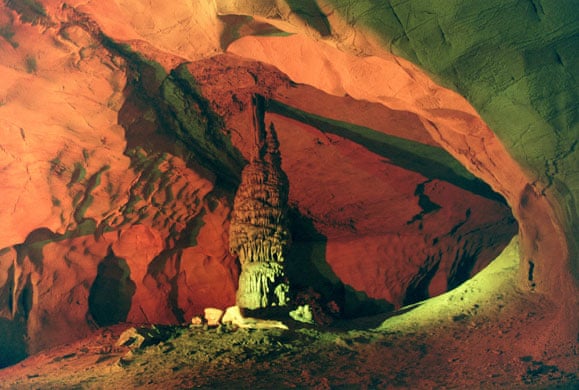
Moonmilk Going Underground With Ryan Mcginley Art And Design The Guardian

Variability And Sampling Strategy Of Cave Wall Concretion Case Study Of The Moonmilk Found In Leye Cave Dordogne

Nature Picture Library Sign At Entrance To Moonmilk Cave Gunung Mulu National Park Sarawak Malaysia Matthew Maran

The While Is Called Moonmilk Found Inside Limestone Caves Has Been Used For Medicinal Purposed Picture Of The Lost Sea Adventure Sweetwater Tripadvisor

Moonmilk Wikipedia
Small Things Considered A Fascination With Caves
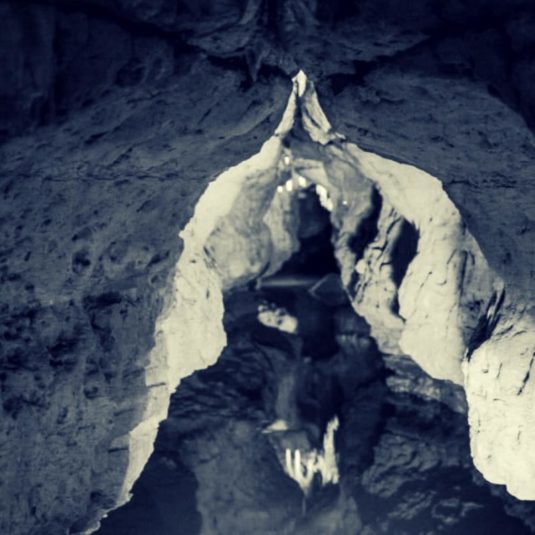
Stora Skuggan Moonmilk Review

Flowstone And Moonmilk Dales Rocks

12 Moonmilk In Altamira Cave Spain Most Likely Of Biological Origin Download Scientific Diagram
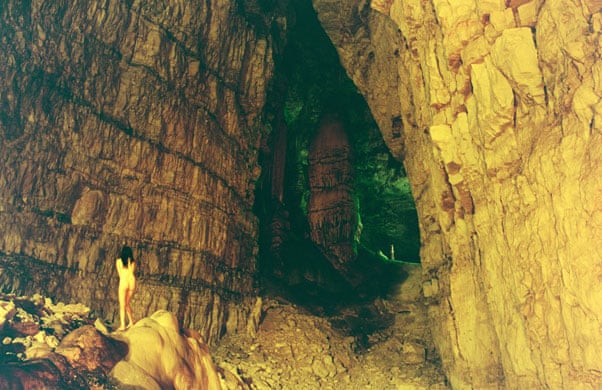
Moonmilk Going Underground With Ryan Mcginley Art And Design The Guardian
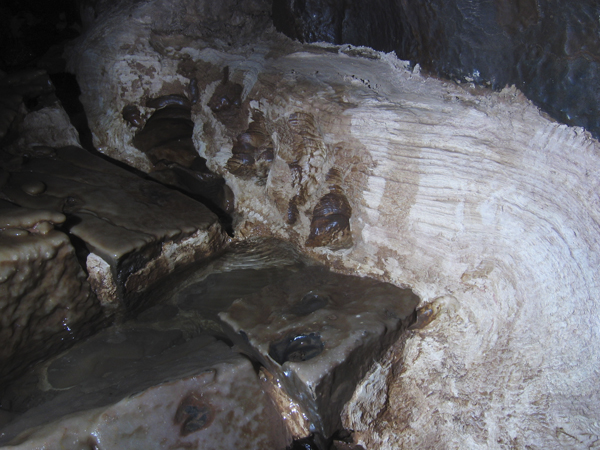
Life In The Cave Bacteria

Active Moonmilk Oregon Caves Penicillin Oregon

Flowstone And Moonmilk Dales Rocks

Table 1 From Archaeal Distribution In Moonmilk Deposits From Alpine Caves And Their Ecophysiological Potential Semantic Scholar
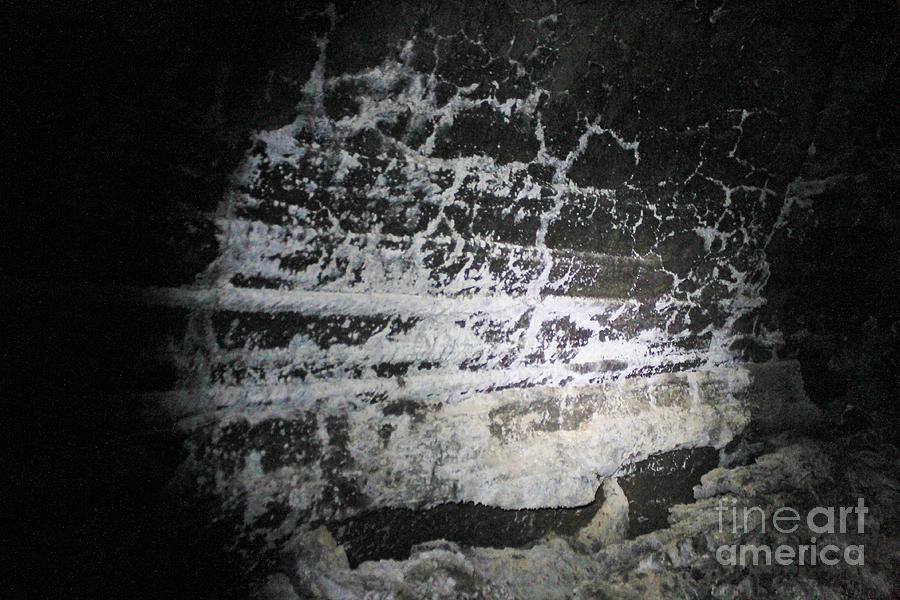
Moonmilk In A Lava Cave Photograph By Tonya Hance
Naclydogg Moon Milk
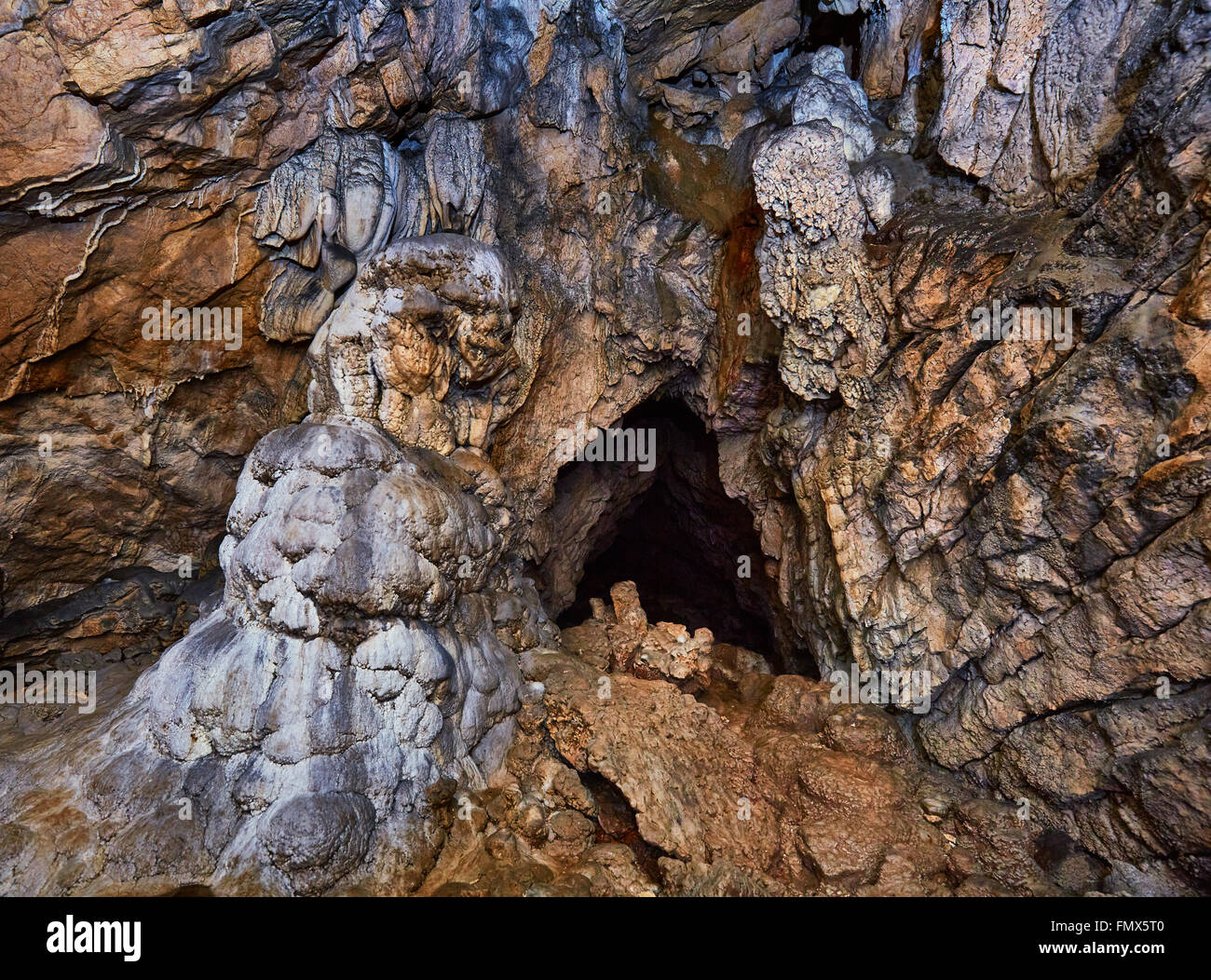
Moonmilk High Resolution Stock Photography And Images Alamy

Caving Gunung Mulu National Park Sarawak
Hillock The Cave With The Largest Stalactite In Europe Senderismoeuropa Com
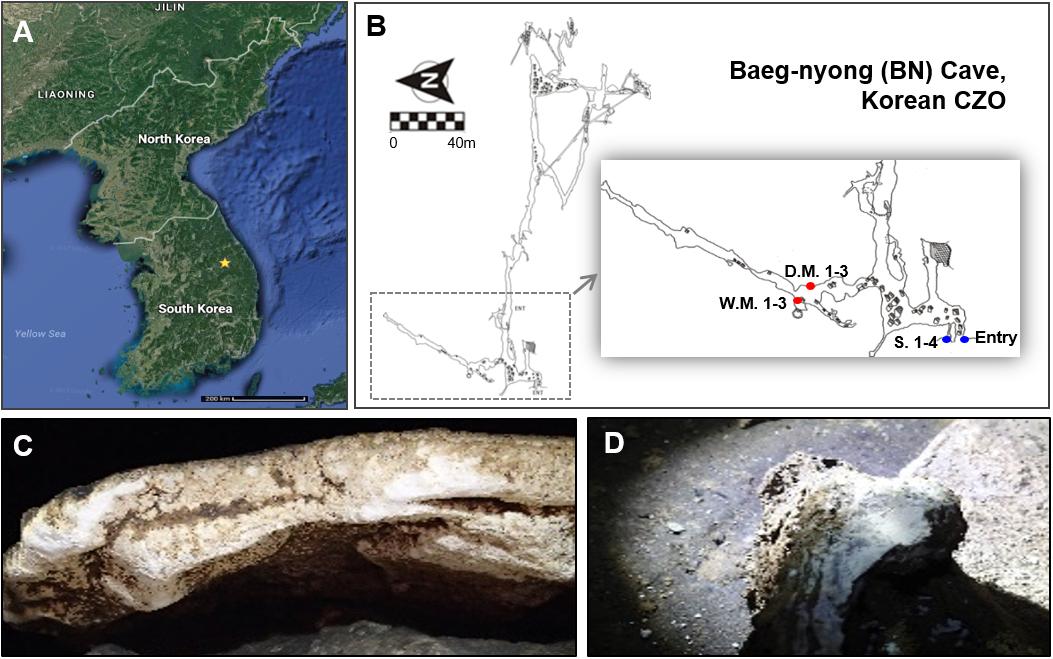
Frontiers Microbial Diversity In Moonmilk Of Baeg Nyong Cave Korean Czo Microbiology
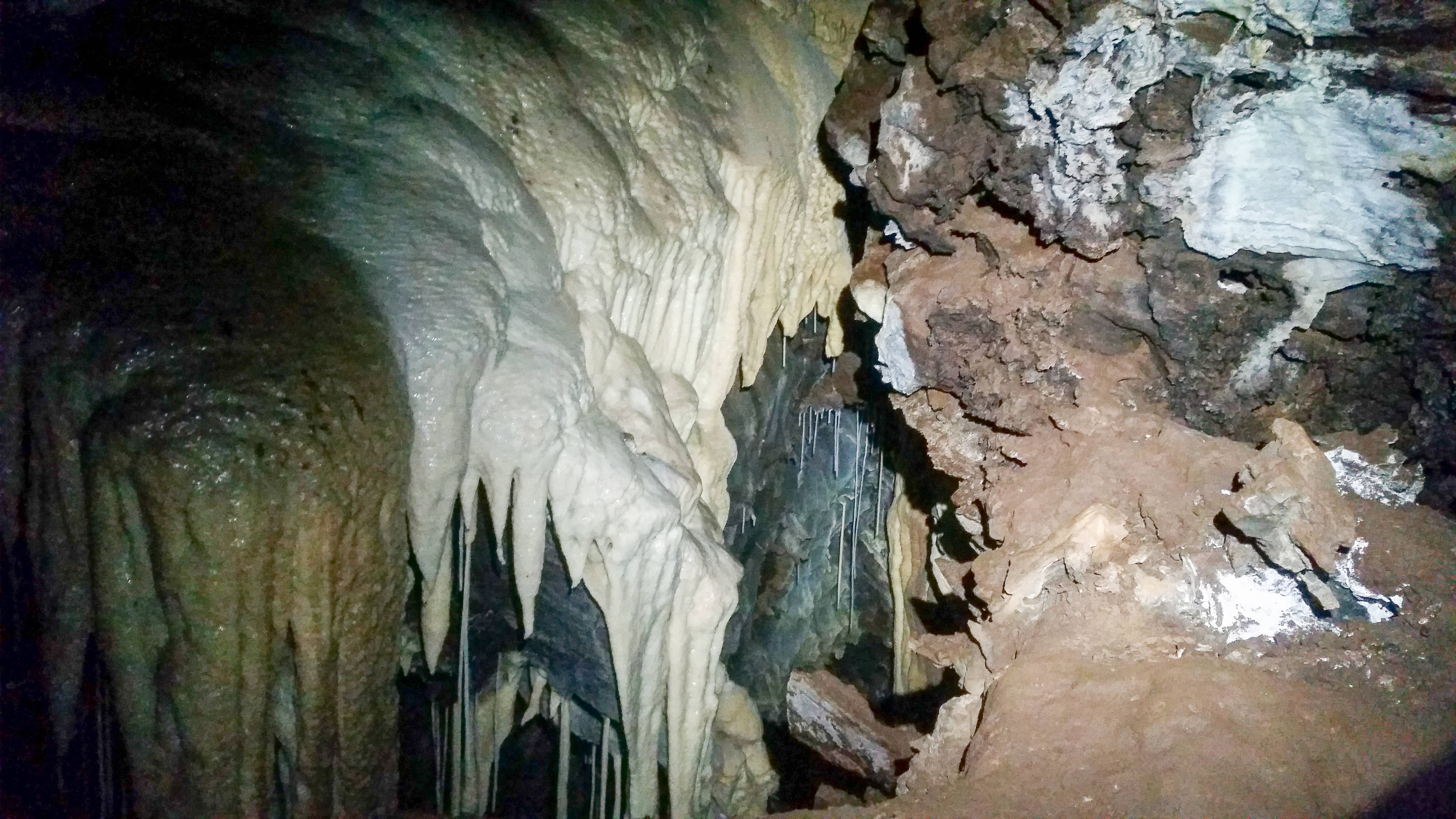
Scientists Are Spelunking For Cave Gunk To Fight Superbugs Popular Science
2

Moonmilk Tumblr
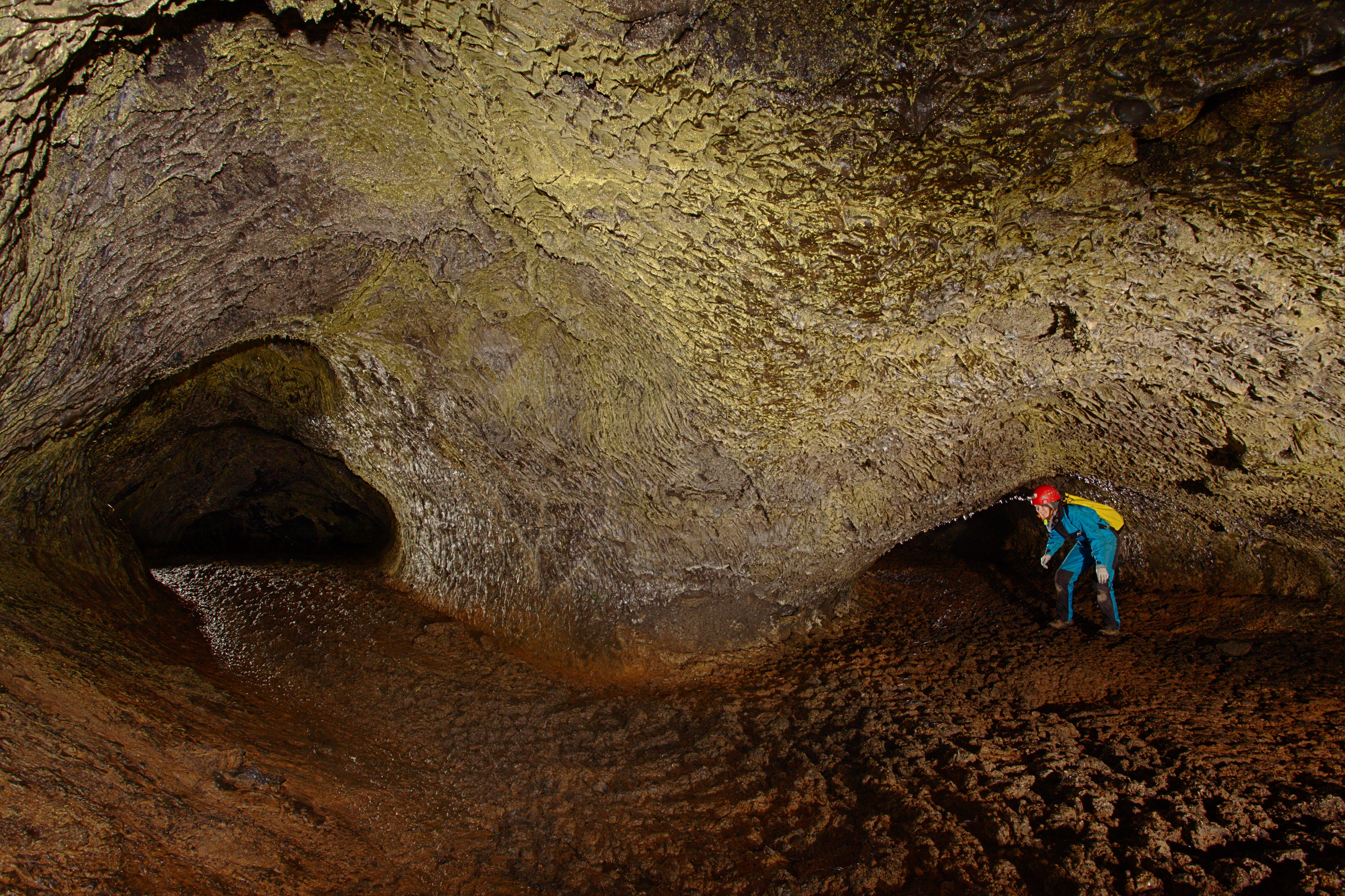
Scientists Are Spelunking For Cave Gunk To Fight Superbugs Popular Science
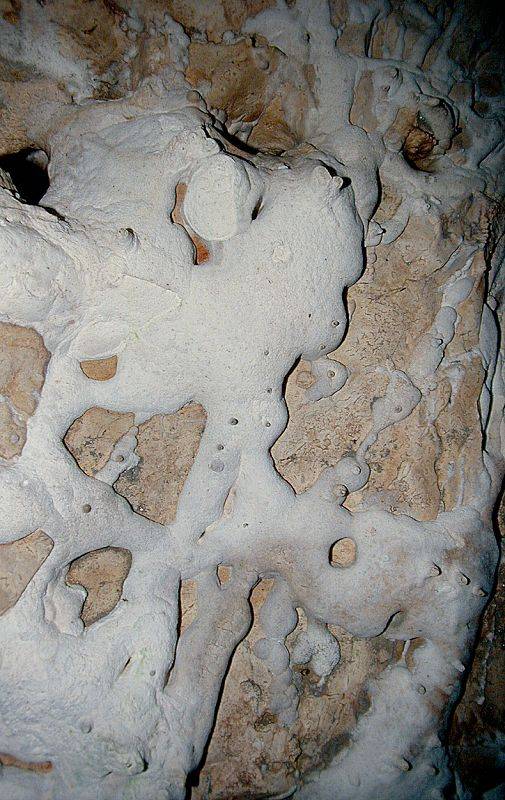
Speleothems Moonmilk

New Ryan Mcginley Moonmilk Cave Crystalline Deposits Pb

Moonmilk The Mysterious Substance Lying In Caves Youtube
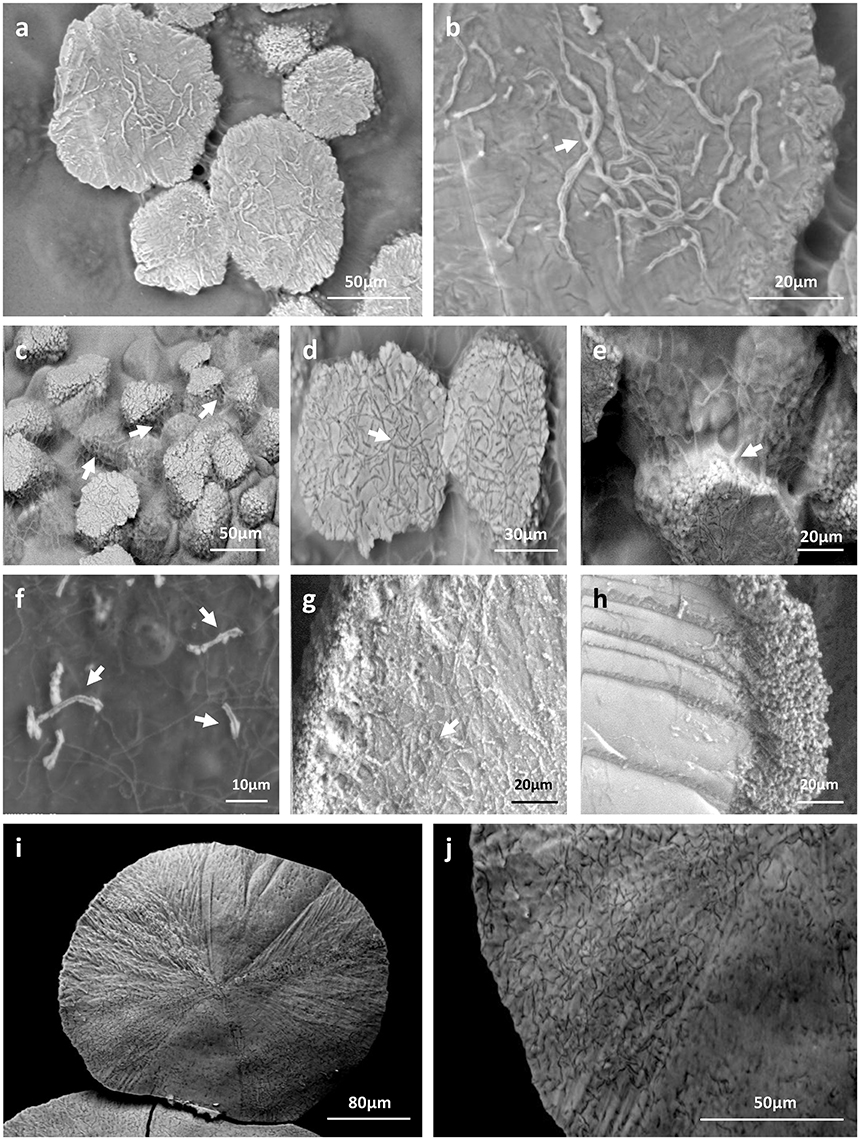
Frontiers Assessment Of The Potential Role Of Streptomyces In Cave Moonmilk Formation Microbiology
A Three Peaks Up And Under

Moonmilk Cave Photo
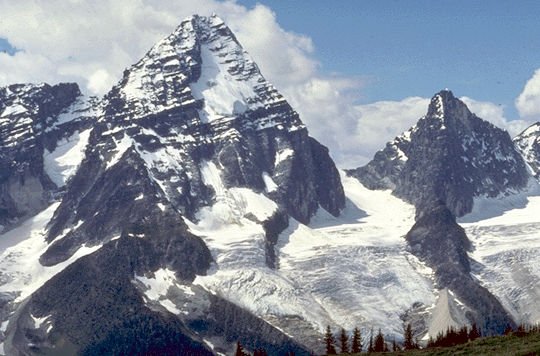
Canadianencyclopedia Nakimu Cave Has The Most Extensive Moonmilk Deposits Known What Is Moonmilk Exactly T Co H5hityoceg

Cavern Wonders More Geology For Today Dr Tambra L Eifert

Flowstone And Moonmilk Dales Rocks

Flowstone And Moonmilk Dales Rocks

Identifying Tree Roots In The Caves Of Quintana Roo Mexico As A Step Toward Ecological Insights And Improved Conservation Adams Plants People Planet Wiley Online Library

May 13 Mulu Canopy Walk And Moonmilk Cave Omp Vs The World
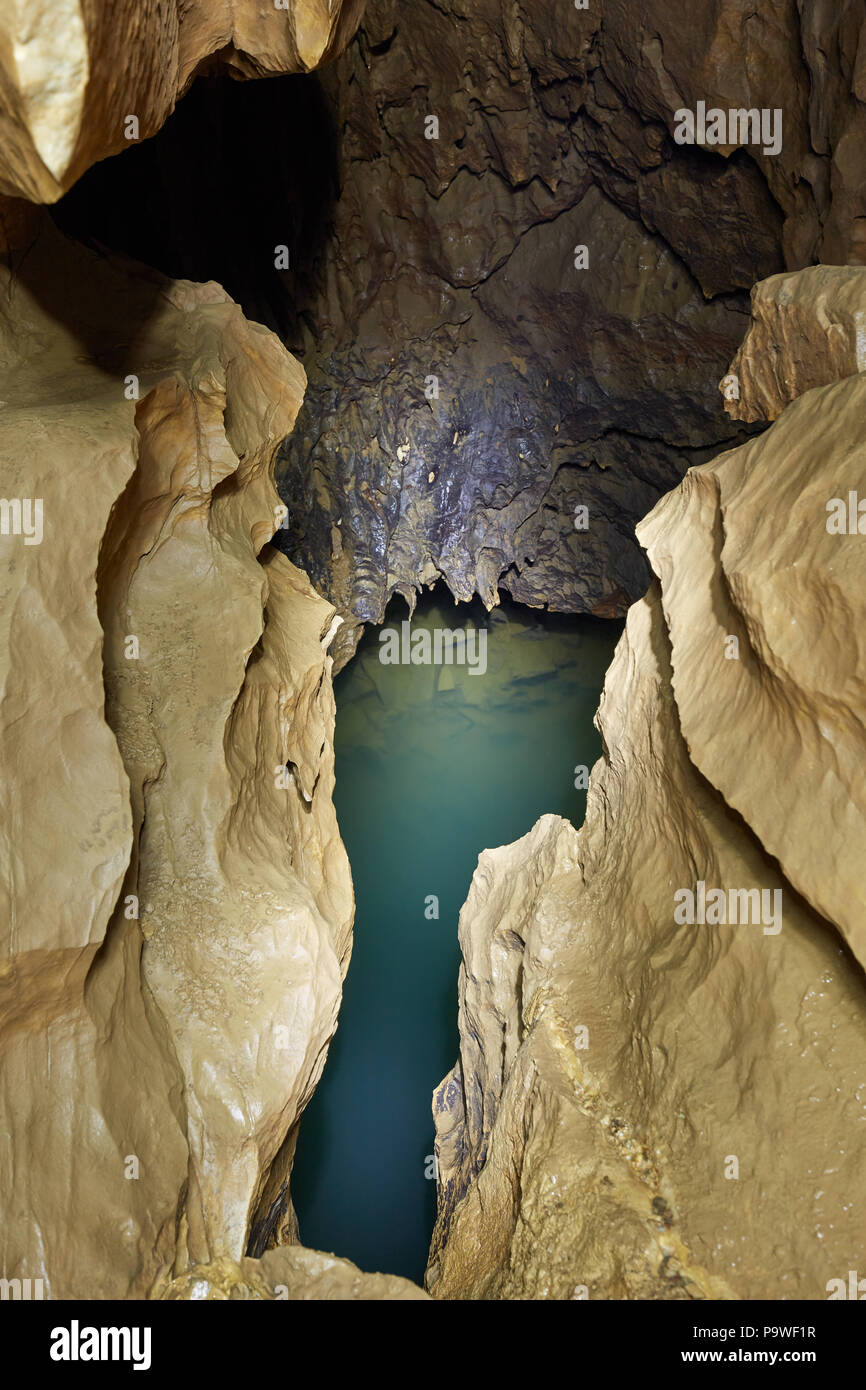
Page 2 Moonmilk High Resolution Stock Photography And Images Alamy
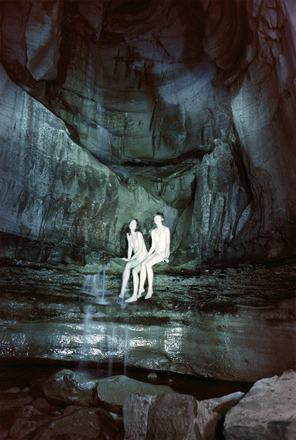
Naked Models In A Cave Moonmilk Adventures Of A Slugabed
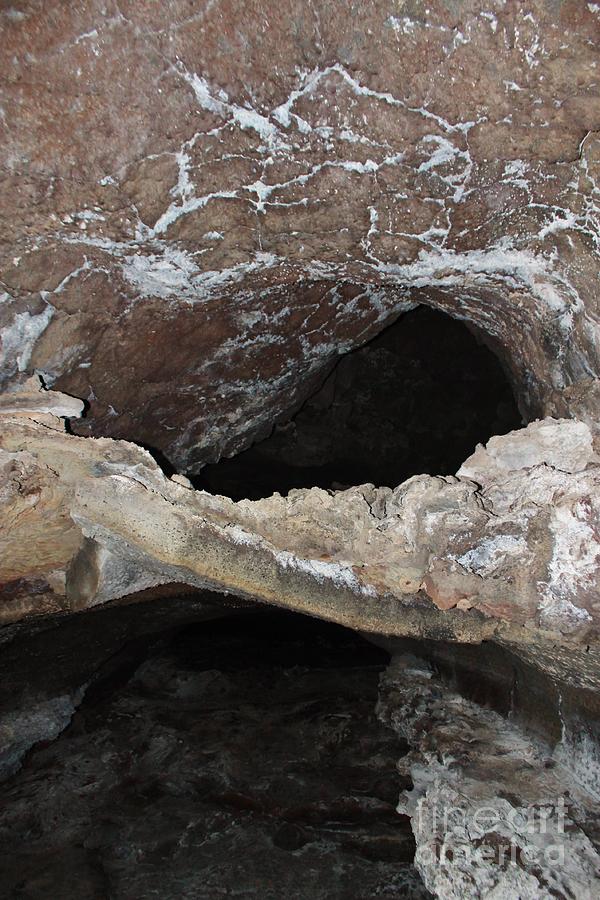
Moonmilk In A Lava Cave 3 Photograph By Tonya Hance

A Moonmilk Columns And Stalactites In The Rear Part Of Nixofen The Download Scientific Diagram
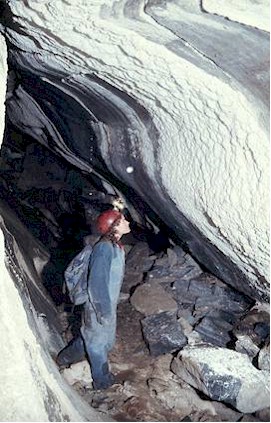
Nakimu Caves Columbia Mountains Institute Of Applied Ecology

Mulu National Park Borneo 06 Moon Milk Cave Because Of The White Fungus That Grows On Limestone Formations Photo

Cave Minerals Analyzed In El Soplao Cave By Raman Spectroscopy A Download Scientific Diagram

Moonmilk Ryan Mcginley Amazon Com Books
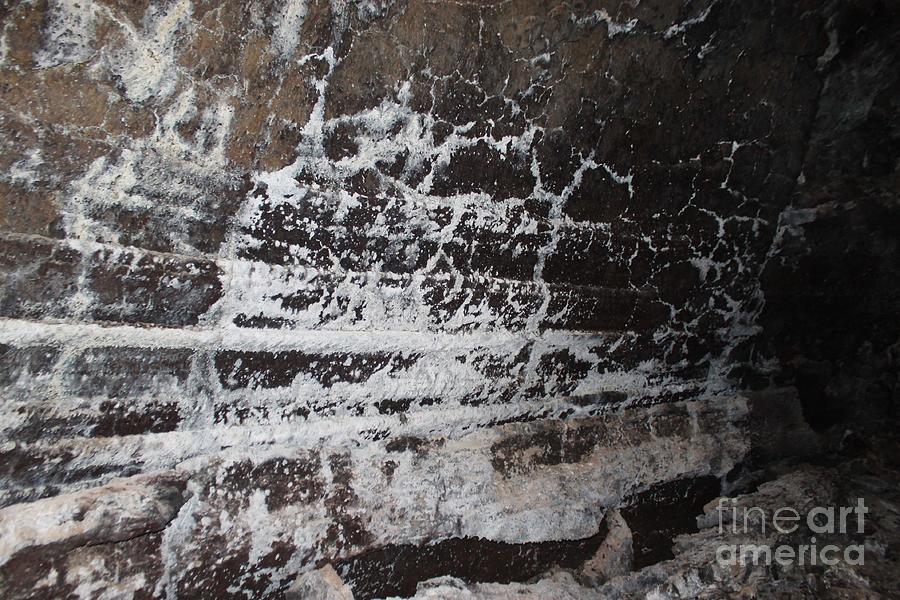
Moonmilk In A Lava Cave 2 Photograph By Tonya Hance
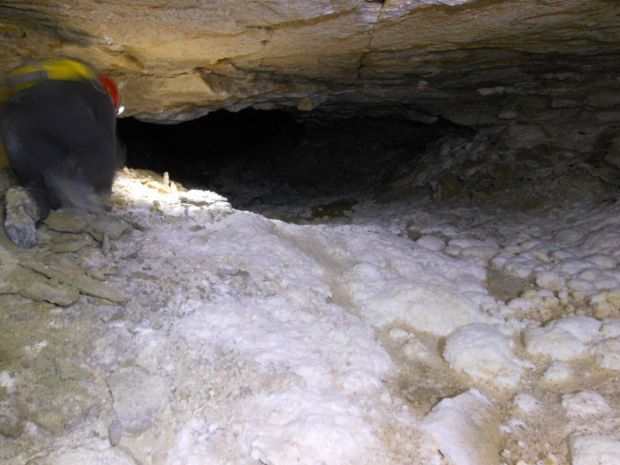
Royce Cave Billingsgazette Com

Gunung Mulu Np Part 1 The Caves Borneo 11

Skiing The Planet August 18

Moonmilk Stock Photos And Images Agefotostock
2

Speleothems Moonmilk
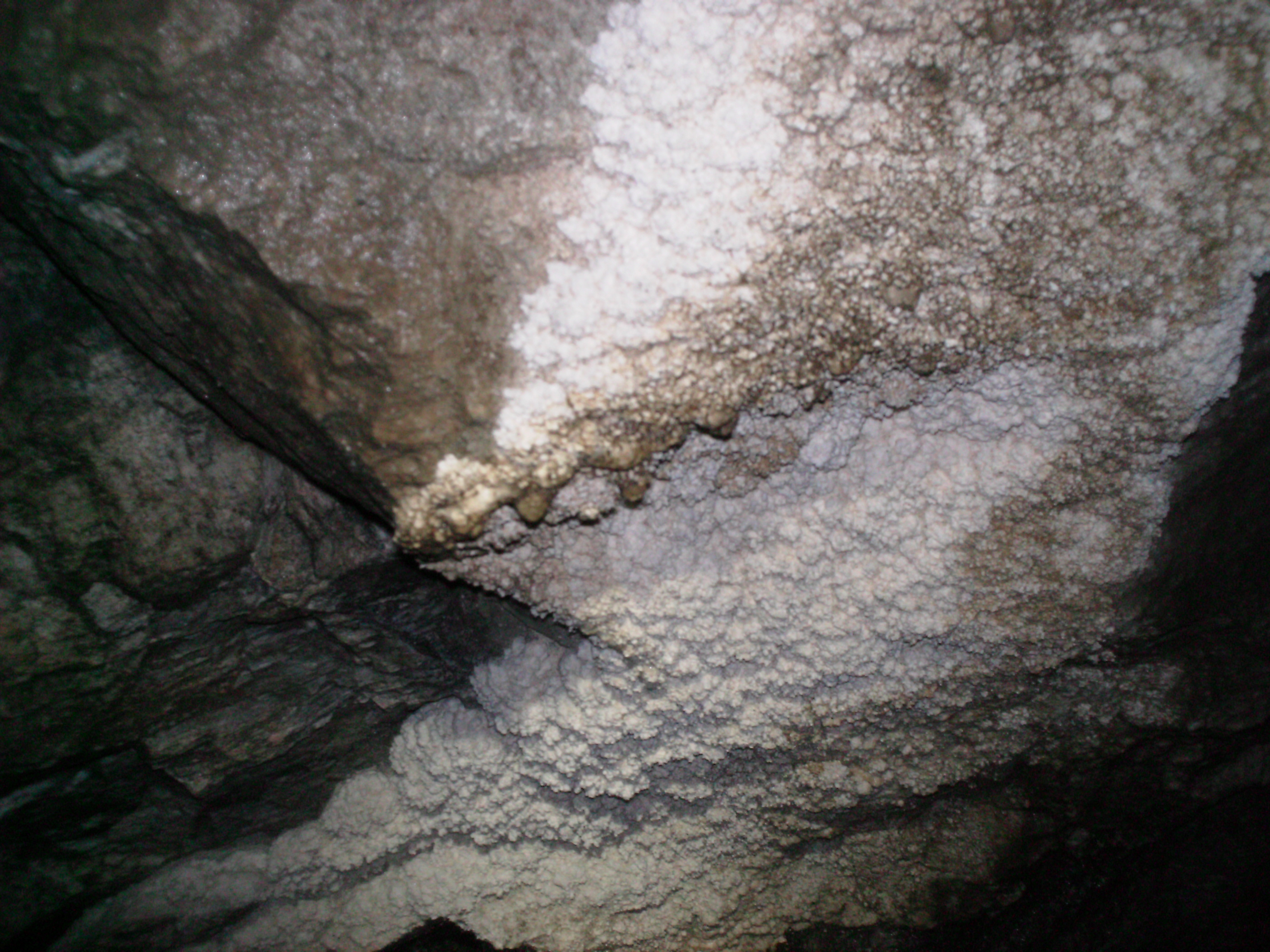
Album Skunk Hollow Moon Milk

The Only Moonmilk River In The World
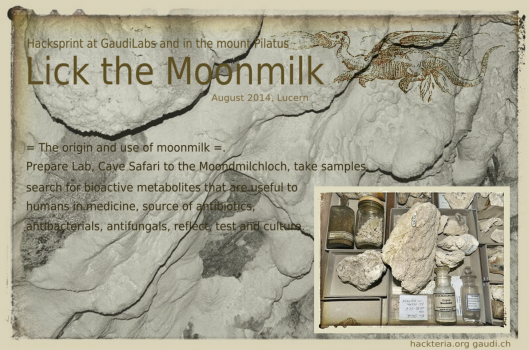
Lick The Moonmilk Hackteria Wiki
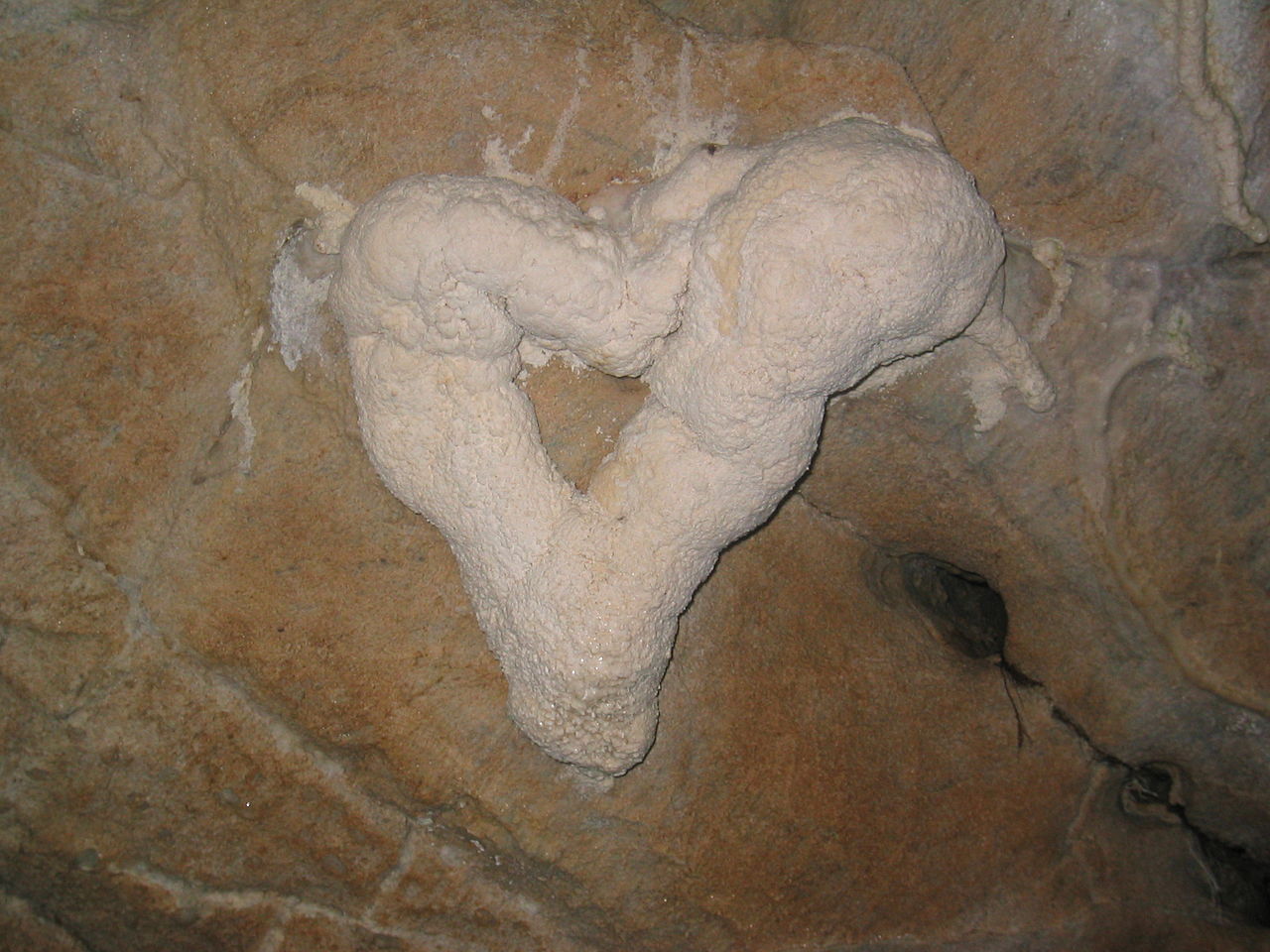
File Moonmilk Heart Jpg Wikimedia Commons
Q Tbn 3aand9gcqsckihe5d3bkb0zu1vcgdtdf4ueowmwp5mpa 65g6f2k3cpout Usqp Cau
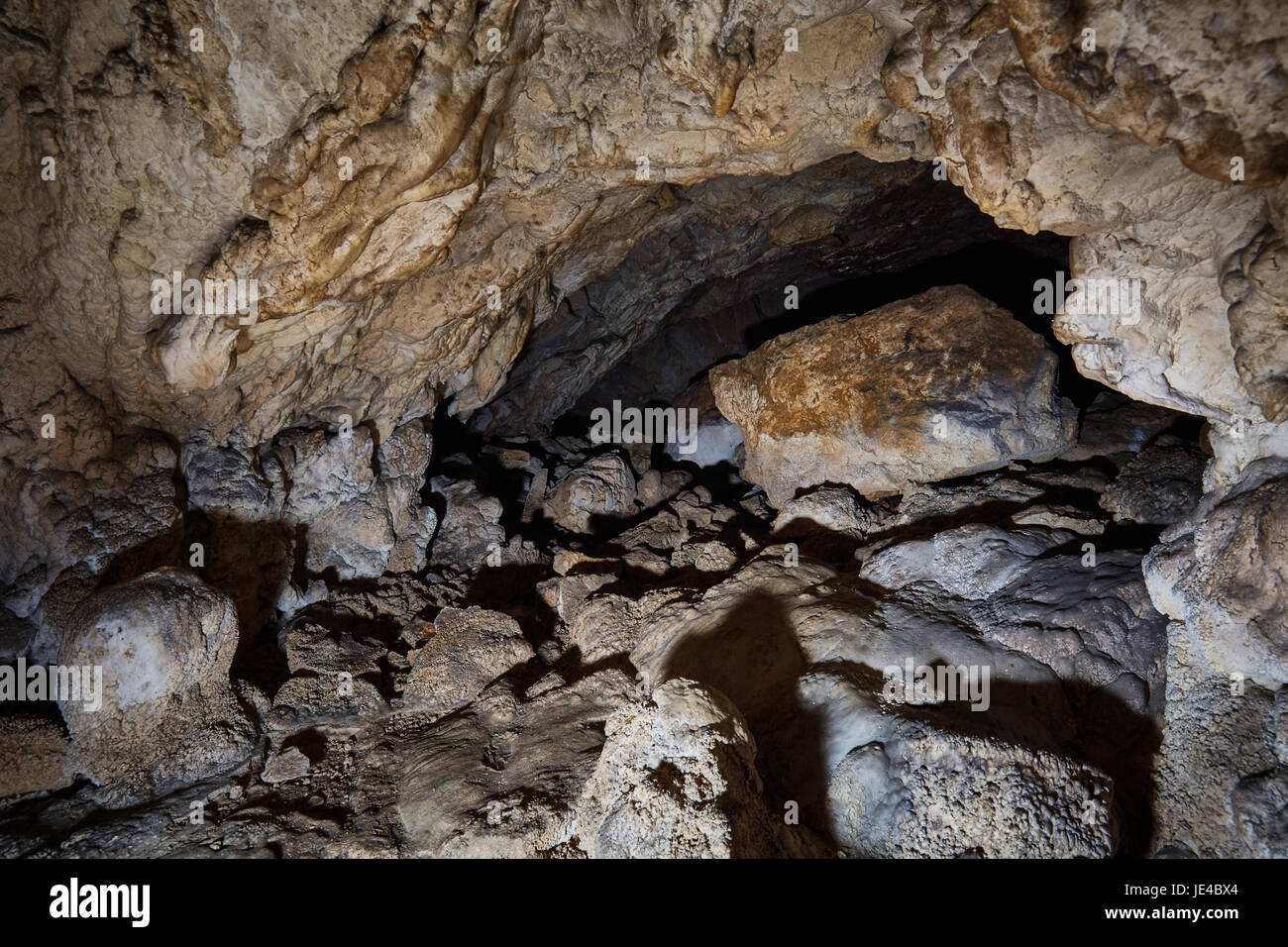
Page 2 Moonmilk High Resolution Stock Photography And Images Alamy



